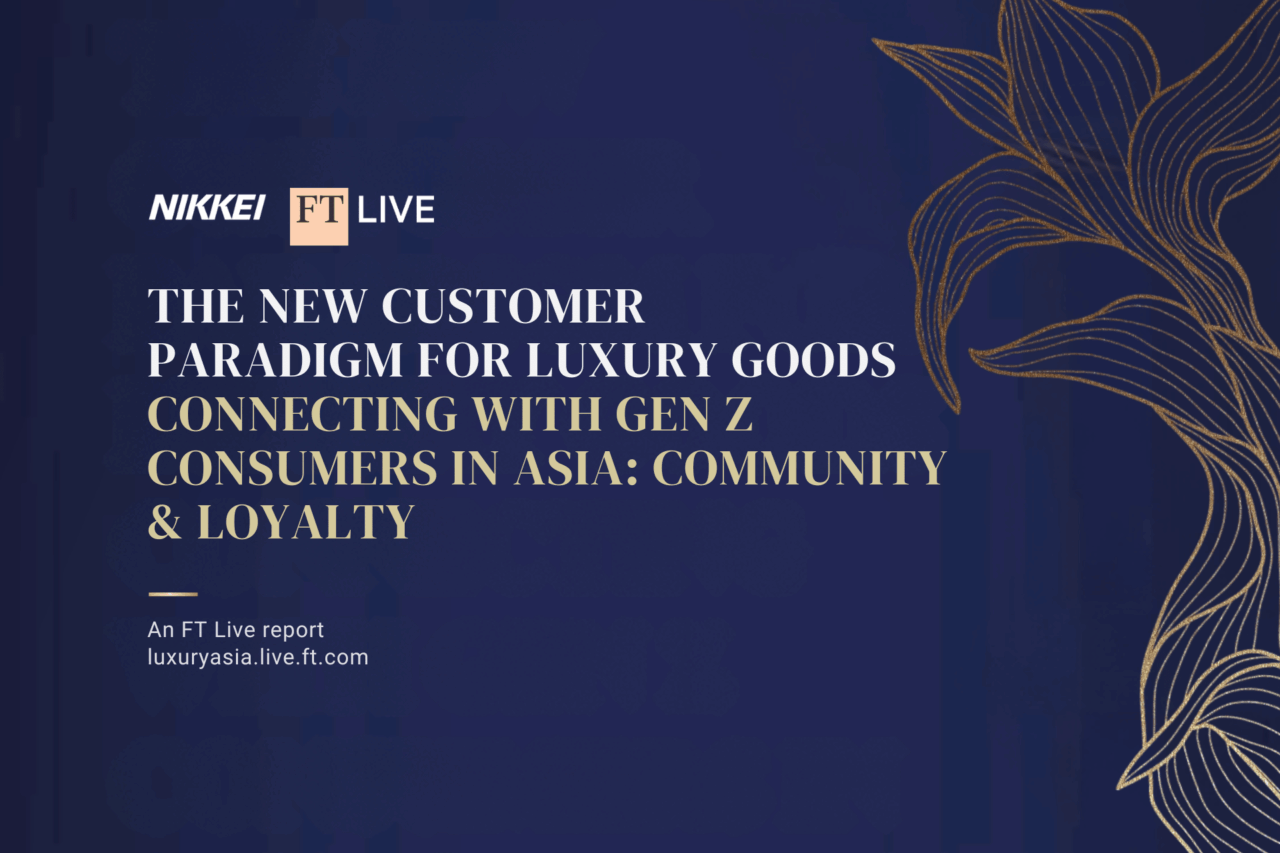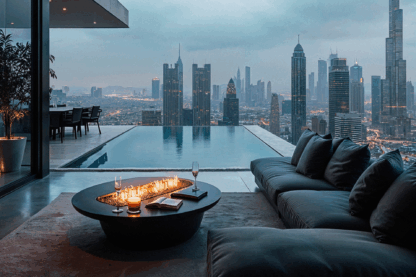What happens when luxury is no longer about what you own, but how it makes you feel, share, and connect? That is the central question at the heart of The New Customer Paradigm for Luxury Goods, a report by FT Live that explores how Asian markets (particularly among Millennials and Gen Z) are reshaping the industry.
The findings are clear: younger consumers in Asia are setting the pace for global luxury, demanding experiences that speak to their identity, loyalty programs that offer real value, and brand strategies that go far beyond traditional product launches. For insiders, this signals a decisive moment: adapting to these shifts is no longer optional but essential.
Storytelling as Strategy, Not Decoration
The report highlights that in China, customers respond more to innovation, digital presence, and cultural relevance than to discounts or promotions. Effective storytelling now means creating emotional touchpoints.
This is supported by PwC’s research, which shows that Chinese shoppers are more influenced by social media, personalized digital content, and brand innovation than their global counterparts. The message for brands is simple: don’t just describe a product, explain how it fits into the consumer’s life and values.
Loyalty Needs to Feel Like a Game, not a Chore
Standard loyalty cards and points are losing impact. The report shows that 43% of Asian consumers believe traditional loyalty systems offer little value. Instead, programs that reward with exclusivity and interaction are gaining ground.
Examples include Chanel’s digital “playing cards” for beauty purchases or Rolls-Royce’s “Whisper” loyalty program, which doubles as a private network for owners and grants access to rare cultural opportunities. These approaches highlight that loyalty must feel exciting, accessible, and rewarding.
Experiences Are Outperforming Products
According to the Bain-Altagamma study cited, the personal luxury goods market shrank by 2% in 2024, while experiential luxury grew. Pop-ups, immersive events, and lifestyle activities are capturing attention.
Louis Vuitton’s beach boutique in Xiamen and Hermès’ interactive “Mystery at the Grooms” pop-up in Shanghai show how experiences create cultural impact while reinforcing product desirability. For Gen Z, sharing these moments on social platforms is as valuable as the purchase itself.
Wellness Becomes a Luxury Lifestyle Marker
The wellness industry in China is booming, forecasted to triple from $25.6 billion in 2022, and this figure is forecasted to grow much further by 2030. Younger consumers are investing in nutrition, gyms, social sports, and mental health, and luxury brands are entering this space.
Gucci’s collaboration with Oura on a health-tracking ring demonstrates how well-being is merging with fashion. Meanwhile, metaphysical practices such as tarot or crystals are gaining traction among Gen Z with accessories. Wellness is no longer niche; it’s mainstream, and it’s an area that luxury cannot ignore.
Identity and Sustainability Are Non-Negotiable
The report underscores that luxury is now closely linked to values. Sustainability resonates strongly: 85% of mainland Chinese luxury customers say it matters, and nearly half are willing to pay more for environmentally responsible products. Eco-tourism and low-carbon travel are also on the rise, with 84% of respondents in PwC’s survey believing brands should take responsibility for reducing their environmental footprint.
Secondhand luxury, once stigmatized in China, is now thriving: 59% of mainland Chinese luxury consumers bought pre-owned items in 2024, mainly to express individuality. Auction houses and resale collaborations are helping brands enter this space without eroding exclusivity.
Main Conclusions
The report signals a decisive transformation in Asia’s luxury sector. Products alone no longer guarantee loyalty. Consumers, especially Gen Z, expect brands to deliver stories that resonate, experiences worth sharing, and values that align with their own.
The momentum is shifting toward engagement, wellbeing, sustainability, and identity. For brands, this means rethinking strategy: exclusivity should be earned through interaction, experiences must be designed for both impact and shareability, and sustainability cannot remain an afterthought. What truly matters is how consumers connect with a brand, live with it, and see their own values reflected in it.
To view the full report, visit: https://luxuryasia.live.ft.com/home
Stay up to date on the latest luxury industry news: https://worldluxurychamber.com/insights-news/





